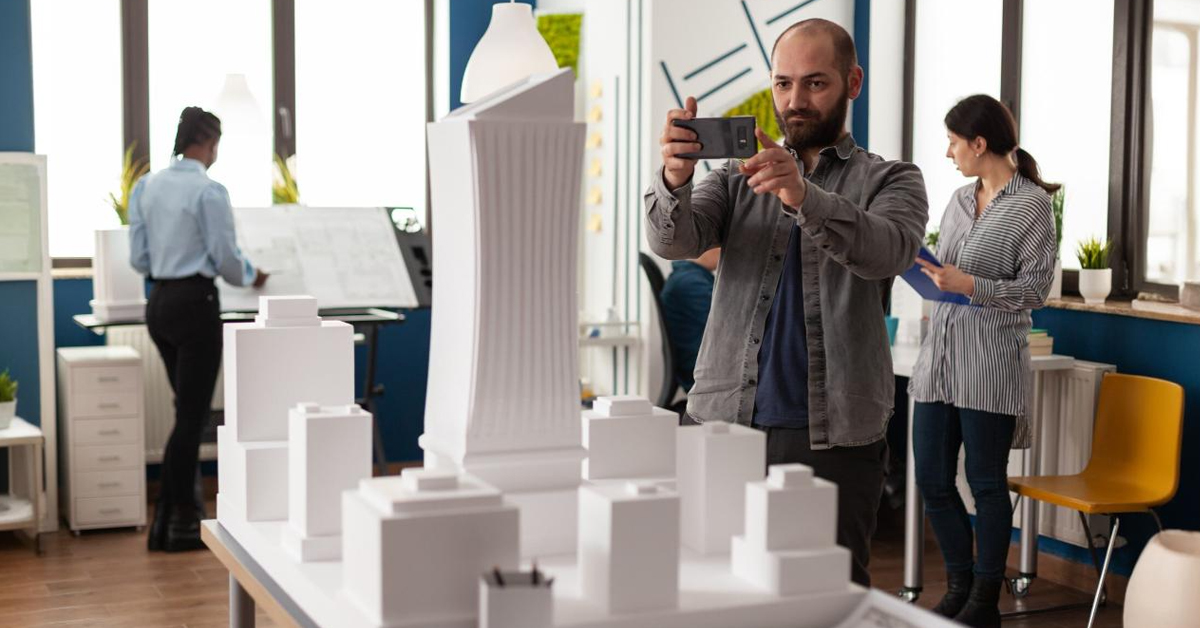The construction industry is constantly evolving, driven by innovation and the need for efficiency. One of the most exciting advancements in recent years is the rise of 3D printing in real estate construction. This technology has the potential to revolutionize how we build homes, commercial spaces, and even entire cities. In this blog, we’ll explore how 3D printing is transforming real estate construction and its far-reaching impact on the industry.
What is 3D Printing in Construction?
3D printing, also known as additive manufacturing, involves creating objects layer by layer based on digital designs. In construction, this process is used to print building components, such as walls, roofs, and even entire homes, using materials like concrete, plastic, or specialized composites. Unlike traditional construction methods that rely on labor-intensive techniques, 3D printing streamlines the process, offering new possibilities for design and cost savings.
How 3D Printing is Changing Construction
- Cost Efficiency
One of the most notable benefits of 3D printing is its ability to reduce construction costs. The technology allows for precise material usage, minimizing waste and lowering overall expenses. Additionally, 3D printing can significantly reduce labor costs, as it requires fewer manual workers on-site. - Faster Build Times
Traditional construction projects can take months or even years to complete. With 3D printing, construction times can be drastically reduced. Some 3D-printed homes can be completed in a matter of days, not weeks, allowing developers to bring properties to market faster. - Design Flexibility
3D printing opens up a new world of design possibilities. Architects and developers can create complex, customized structures that would be difficult or impossible with conventional construction methods. From curvy shapes to intricate details, the design freedom that 3D printing offers is a game-changer for the real estate industry. - Sustainability
Sustainability is increasingly important in the construction world, and 3D printing is contributing to more environmentally-friendly building practices. By using sustainable materials, reducing waste, and lowering energy consumption, 3D printing aligns with the growing demand for eco-friendly construction solutions.
The Challenges Ahead
While the potential of 3D printing in real estate construction is exciting, there are challenges to overcome. Regulatory hurdles, material limitations, and the need for specialized machinery are just a few obstacles that need to be addressed. However, as technology advances and adoption grows, these issues are likely to be resolved, making 3D printing a more viable option for the industry.
The Future of Real Estate Construction
As 3D printing continues to evolve, its impact on real estate construction will only grow. From reducing costs to enabling innovative designs, the technology promises to reshape the way we build. Whether it’s creating affordable housing solutions or constructing complex commercial spaces, 3D printing is a powerful tool that will play a key role in the future of real estate construction.

